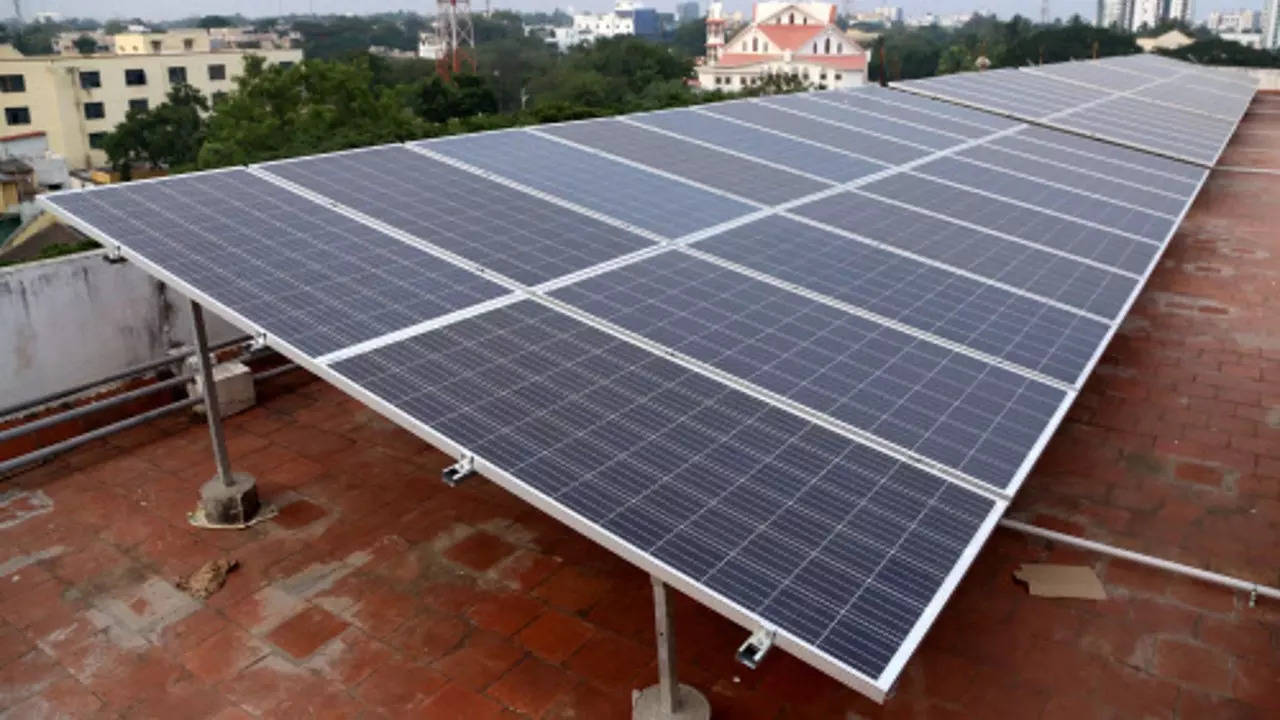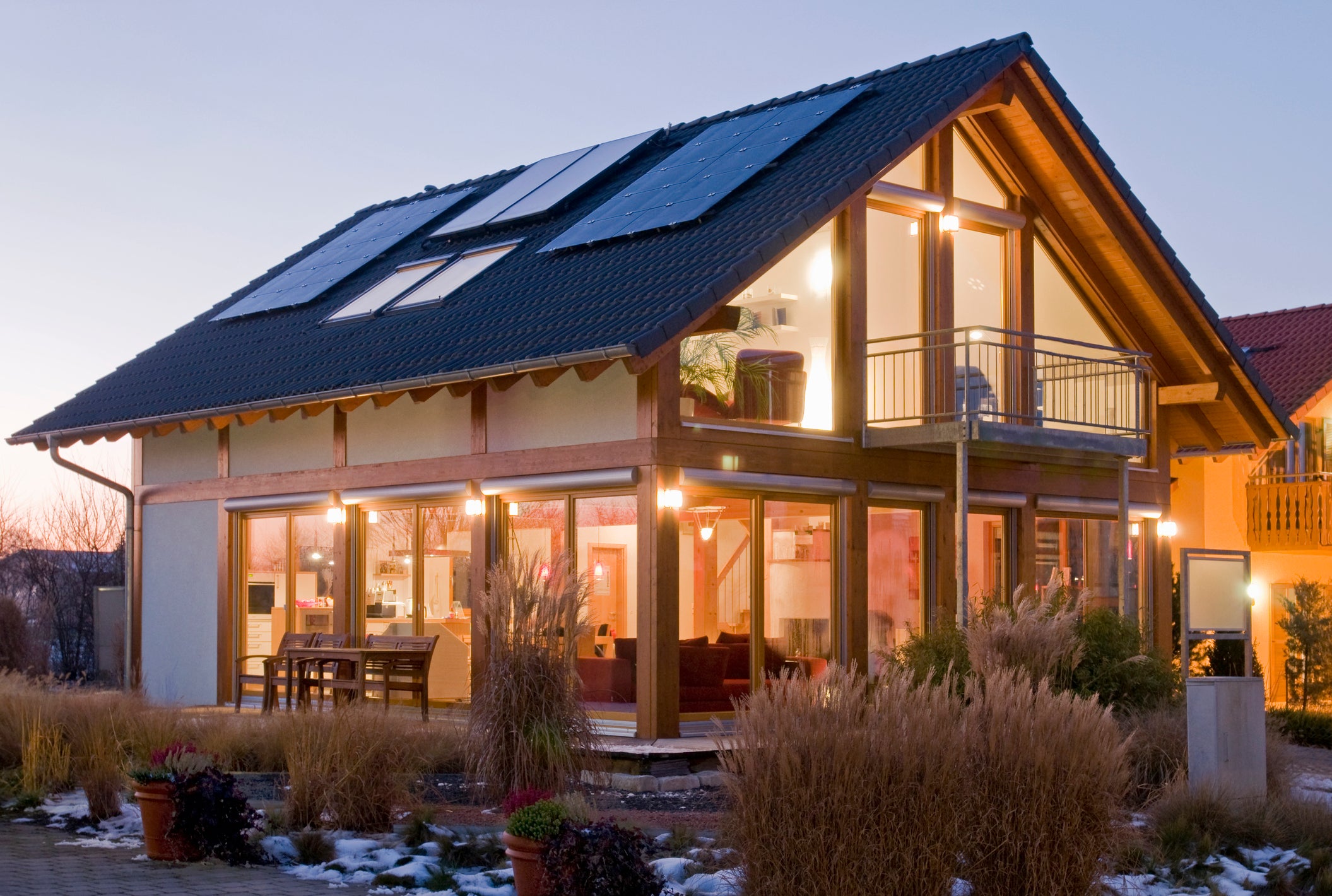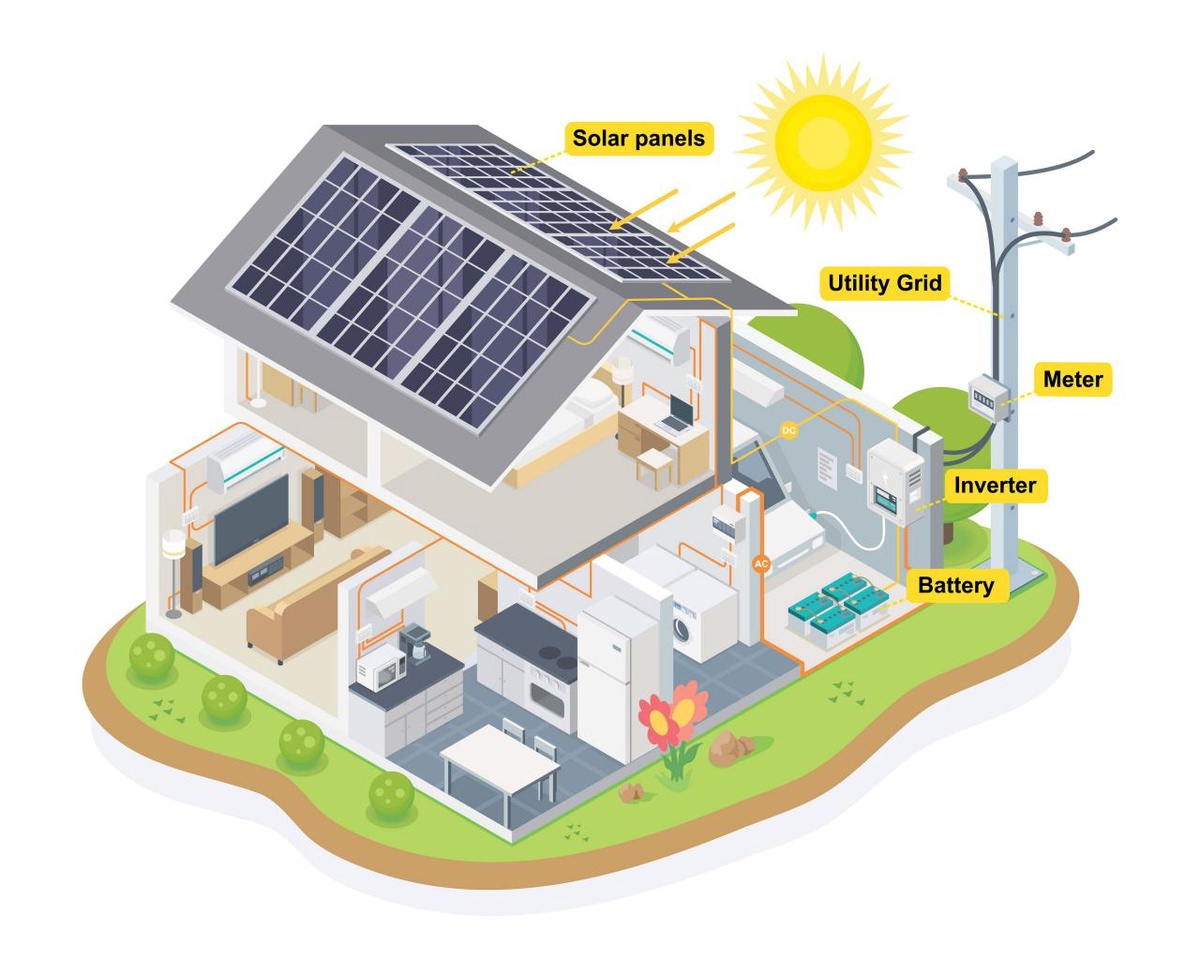Imagine a tiny powerhouse that fits in the palm of your hand, capable of converting the sun's energy into a usable form of electricity. This tiny powerhouse is called a solar PV cell, and solar PV cell works by harnessing the power of the sun's photons.
The magic of solar PV cells begins with the creation of a p-n junction, where two different types of semiconductor materials are joined together. When sunlight hits the cell, it excites electrons in the semiconductor material, causing them to break free from their atoms and create an electrical current. This current is then harnessed and transformed into usable electricity.
It's like having a miniature sun in the palm of your hand, capable of producing clean, renewable energy that can power homes, businesses, and even entire cities. It's all thanks to the power of the sun, a free and limitless source of energy that has been shining down on us for billions of years.
So the next time you bask in the warm glow of the sun, remember that you're not just soaking up its rays - you're also tapping into a powerful source of energy that can help to power a more sustainable future for us all.
What is the maximum efficiency that can be achieved by a solar PV cell?
Do you want to know the solar panel efficiency formula? Then visit what is solar panel efficiency formula. The quest for the ultimate efficiency in solar PV cells has been ongoing for decades, as researchers strive to capture the most energy possible from the sun. But what is the maximum efficiency that can be achieved by these tiny powerhouses? Do you know how to calculate solar panel efficiency? If you would like to calculate solar panel efficiency then you need to know some crucial things that we have discussed in a different section.
As new breakthroughs in materials and technology continue to push the limits of what's possible. Currently, the most efficient solar PV cells can convert up to around 26-27% of the energy in sunlight into usable electricity. This may not seem like much, but it's a significant improvement over the 15-20% efficiency that was standard just a few years ago.

But the race is far from over. Researchers are constantly working to find new ways to boost the efficiency of solar PV cells. Some of the most promising areas of research include using new materials like perovskites and improving the design of the cells themselves to minimize energy loss.
In fact, some experts believe that it may be possible to achieve efficiencies of up to 40% or even higher in the future. This could be a game-changer for solar energy, making it even more competitive with traditional sources of power.
So, we may not know exactly what the maximum efficiency of a solar PV cell will be. We do know one thing for sure: the sky is the limit, and the future of solar energy looks brighter than ever.
What are the different types of solar PV cells and how do they differ?
Just like people come in all shapes and sizes, solar PV cells also come in different types, each with its unique characteristics and advantages. The most common types of solar PV cells include monocrystalline, polycrystalline, and thin film. Monocrystalline cells are made from a single crystal of silicon and are known for their high efficiency and uniform appearance.
Polycrystalline cells, on the other hand, are made from multiple silicon crystals and are generally less efficient but more affordable. Thin-film cells are made from a variety of materials, including amorphous silicon, cadmium telluride, copper indium, and gallium selenide, and are known for their flexibility and low cost.
Each type of solar PV cell has its strengths and weaknesses, and the choice of which one to use depends on various factors such as location, available space, and budget. For example, if space is limited, thin-film cells may be the best choice due to their flexibility and ability to be integrated into building materials. On the other hand, if efficiency is a top priority, monocrystalline cells may be the best option despite their higher cost.
Regardless of the type of solar PV cell used, they all share a common goal: to harness the power of the sun and convert it into clean, renewable energy. With advances in technology and manufacturing, the future looks bright for solar PV cells, and they are sure to continue to play a crucial role in our transition to a more sustainable future.
What factors affect the efficiency of a solar PV cell?

When it comes to solar PV cells, efficiency is the name of the game. The more efficient a cell is, the more energy it can produce from the same amount of sunlight. But what factors affect the efficiency of these tiny powerhouses?
One of the most critical factors is the quality of the materials used to make the solar PV cell. The purity of the silicon, for example, can greatly impact the efficiency of the cell. The more impurities there are in the silicon, the more energy is lost during the conversion process.
Another essential factor is the design of the cell itself. The surface area of the cell, the thickness of the layers, and the number and placement of contacts all play a role in determining the efficiency of the cell. Even something as simple as the color of the cell can make a difference - black cells absorb more sunlight and are therefore more efficient than white cells.
Temperature is also a crucial factor that can affect the efficiency of a solar PV cell. High temperatures can reduce the performance of the cell, which is why cells are often designed with cooling systems to help regulate temperature.
Finally, external factors such as shading and dust can also impact the efficiency of a solar PV cell. Even a small amount of shading or dust can reduce the amount of sunlight that reaches the cell and reduce its efficiency.
The efficiency of a solar PV cell is influenced by a variety of factors, including the quality of materials, design, temperature, and external conditions. By carefully considering these factors and working to optimize each one, we can create solar cells that are more efficient and effective than ever before.


No comments yet